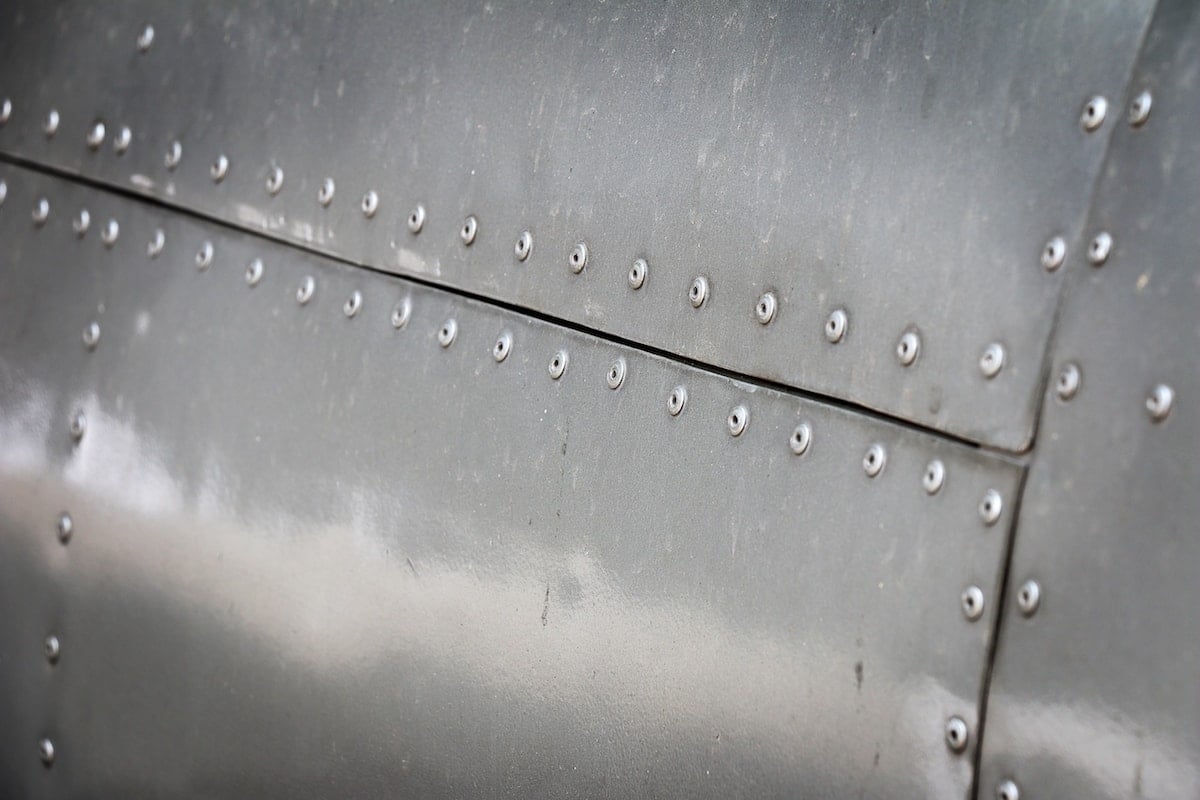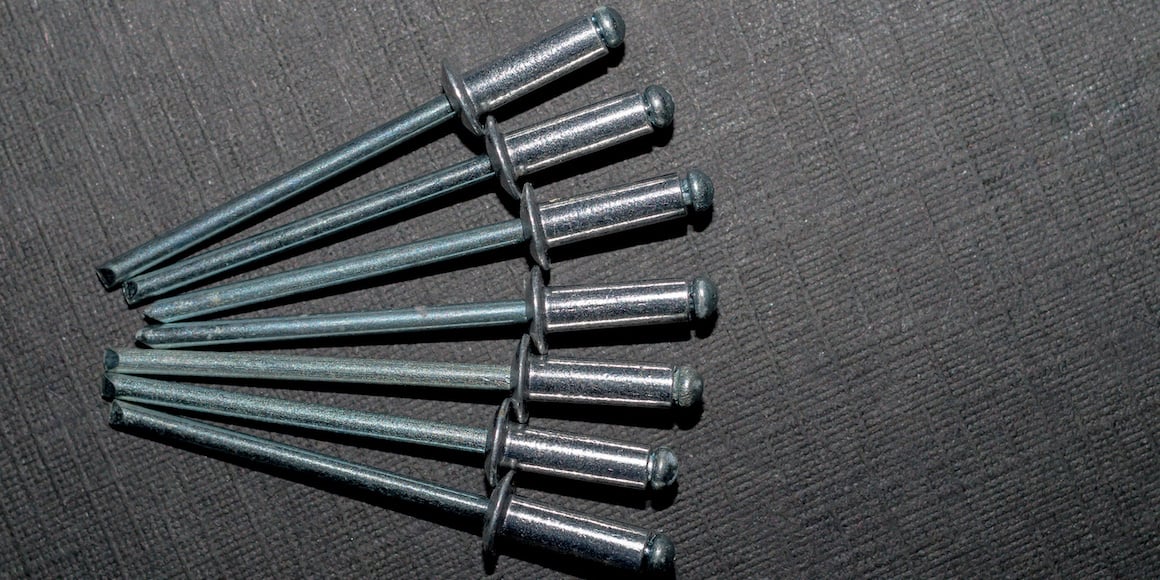
Blind Rivets

Blind rivets are two-piece assemblies consisting of the rivet body and the accompanying setting mandrel. Another common name for blind rivets is "Pop Rivet". Pop rivets were the original brand name created to describe the popping sound that is made when a blind rivet is set. The advantage of using a blind rivet is because they can be installed from the front side of the application where access to the back side or blind side is not available or necessary.

Advantages of Blind Rivets
The fastest way to join materials, blind rivets offer a vast number of advantages over threaded nuts and bolts. Each lightweight, inexpensive blind rivet packs a wallop of fastening power in an aluminum alloy, stainless steel or metal from a group of nickel alloys called Monel. Their strength is undeniable; blind rivets are used to hold bridges together or fasten tiny components in your cell phone. Anchored from one side of the material, the blind rivet nut either forms a bulge on the backside for a screw to be threaded into, or it's drawn in creating a sleeve. A blind rivet is the choice for many industries when working from only one side becomes a critical factor, not to mention the vast number of blind rivet sizes available for multiple applications. Yet, with a blind rivet gun, almost anyone can use these amazing fasteners. We carry open-end blind rivets as well as solid rivets used by aircraft manufacturers. We also offer closed-end blind rivets, which create a seal to block gases or liquids. Here are some of the other advantages of blind rivets:
- Lower Costs vs. Threaded Bolts and Nuts: The price of blind rivets — compared to many other threaded fasteners — makes them a great choice for any industry. And the low in-place cost provides labor savings.
- Lightweight and Portable: Whether you're using aluminum blind rivets for aircraft construction and repair or to shore-up the sheet metal ducts in your home's HVAC, a blind rivet won't weigh them down.
- Strong and Reliable: Threaded fasteners can torque out, but blind rivet nuts are set with the correct pressure — the pressure is pre-determined by the breaking point designed by the manufacturer into the mandrel. A Mandrel is another name for blind rivets.
- Vibration-Proof: When blind rivet installation is done correctly, the blind pop rivets won't fall out or loosen like threaded fasteners.
- Faster Assembly: Not only fast work for the garage mechanic; blind rivets can be set to run between 150pcs-500pcs per hour in some industrial applications.
- Clean, Unmarred Surfaces: No wrench marks or dimpling from too much torque, blind pop rivets won't slip and mar fine-finished surfaces.
- Versatility Unmatched: Depending on which types of rivets are chosen, blind rivets can join heavy structural materials or gently connect pieces of plastic or wood.
- Vandalism and Tamper-Proof: Blind rivets don't present much of a target for vandals. Countersunk blind rivets sit flush to the material and add an extra layer of seamlessness to ward off tampering.
- Many Types of Rivets: There are four basic types of rivets: tubular, solid, blind, and split. But variations within each blind rivet type allow for many different fastening applications.
- And there are many more.
Blind Rivets vs. Pop Rivets
This one may surprise some. Blind rivets and pop rivets are the same things with only one caveat: In 1934, the George Tucker Eyelet Company developed a fastener for an aircraft manufacturer that could be used when only one side of the material was accessible. The rivet designed made a ""popping"" sound when being installed. Although the blind rivet makes this sound, the name POP® rivet became a registered trademark of another company. However, the name ""pop rivets"" is used without regard for the registered name. Instead, it's become much more than a brand name. It's the same as saying you want a Kleenex® or Velcro® regardless of the product's brand.
Bay Supply Has the Blind Rivets You Need to Succeed
Blind rivets are incredibly useful, lightweight inexpensive fastening tools. And Bay Supply has them in a large variety of styles for you to choose from. You can't beat our selection of blind rivets offered at the best prices and with outstanding customer service. We've been selling fasteners since 1962 and grown from the days of walking the streets to make a sale. Now we're supplying logistics for industrial supply distributors around the world. You can count on us to have all the best fasteners on the market. Shop Bay Supply for premium-quality blind rivets and other fastening tools today!
Blind Rivets and Related Articles
Additionally, blind rivets will not scratch any surfaces, and they offer design flexibility. Blind or Pop Rivets also conform to IFI 114 specifications. Browse our blind rivet supply now to find something that works for you.


















